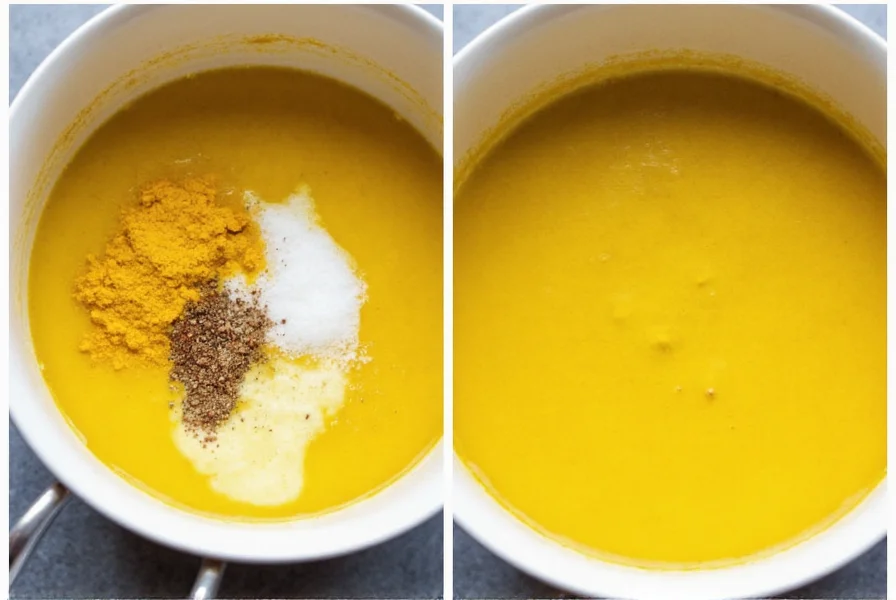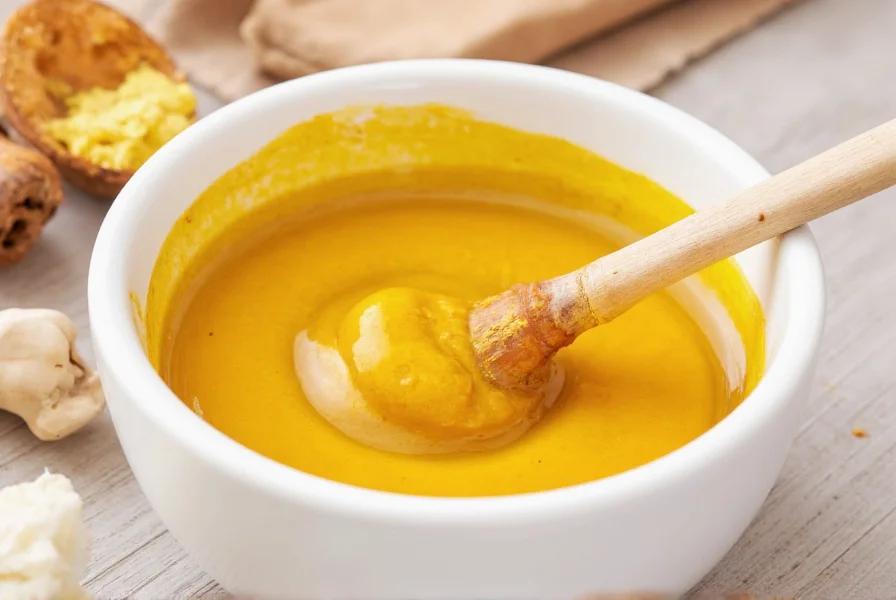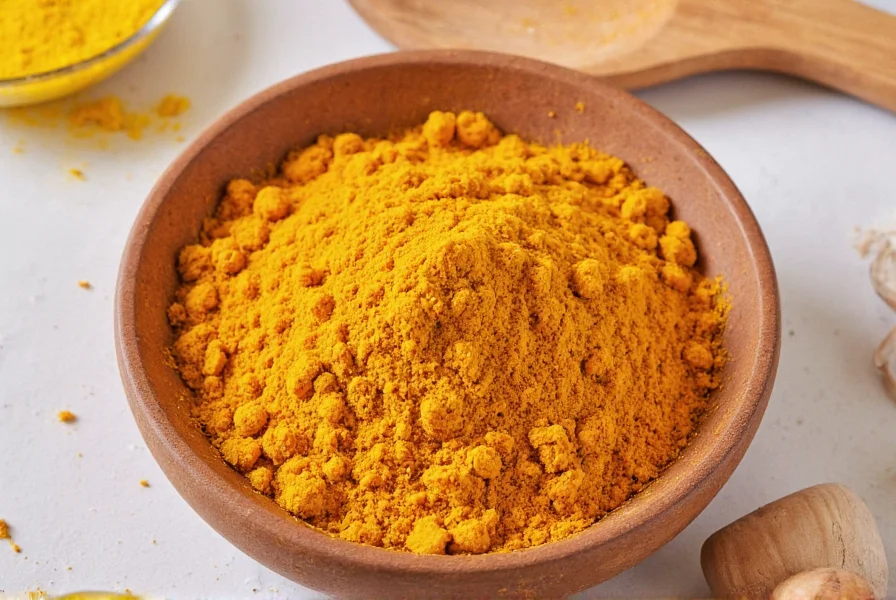Known for its vibrant golden color and earthy flavor, turmeric has been used for centuries in Ayurvedic and traditional Chinese medicine. This versatile spice contains curcumin, its active compound responsible for most health benefits. Understanding how to properly use turmeric ensures you maximize its potential while avoiding common pitfalls.
Practical Ways to Use Turmeric in Daily Life
Integrating turmeric into your routine doesn't require complicated processes. The key is consistency and proper preparation to enhance bioavailability. Curcumin, turmeric's primary active component, has limited absorption when consumed alone. Combining it with black pepper (which contains piperine) can increase absorption by up to 2,000%, while pairing with healthy fats helps your body utilize this fat-soluble compound more effectively.
Culinary Applications of Turmeric
Cooking with turmeric offers the most accessible way to incorporate this spice into your diet. Unlike supplements, culinary use provides turmeric in its natural matrix with other beneficial compounds.
Daily Cooking Tips
Add turmeric to dishes during the cooking process rather than at the end, as heat helps release its compounds. Start with small amounts (¼ to ½ teaspoon) in:
- Rice and grain dishes
- Curries and stews
- Roasted vegetables
- Smoothies
- Scrambled eggs or tofu
Golden Milk Recipe
This traditional Ayurvedic beverage combines turmeric with complementary ingredients for enhanced benefits:
| Ingredient | Amount | Preparation Tip |
|---|---|---|
| Unsweetened milk (dairy or plant-based) | 1 cup | Warm gently without boiling |
| Turmeric powder | ½ teaspoon | Fresh turmeric root (1-inch piece) can be substituted |
| Black pepper | A pinch | Essential for absorption |
| Coconut oil or ghee | ½ teaspoon | Helps absorb curcumin |
| Honey or maple syrup (optional) | To taste | Add after cooling slightly |
Simmer ingredients for 5-10 minutes, then strain if using fresh turmeric. Consume in the evening for potential sleep benefits or after meals for digestive support.

Turmeric Supplements: What You Need to Know
When culinary use isn't sufficient, supplements provide concentrated curcumin. However, not all supplements deliver equal benefits:
Selecting Quality Turmeric Supplements
- Standardized extracts: Look for products containing 95% curcuminoids
- Enhanced absorption: Choose supplements with piperine (black pepper extract) or phospholipids
- Dosage: Most studies use 500-2,000 mg of curcumin daily, typically divided into multiple doses
- Cycling: Consider taking breaks after 8-12 weeks of continuous use
How to use turmeric supplements effectively: Take with a meal containing healthy fats, split larger doses throughout the day, and be consistent for at least 4-8 weeks to assess effects. Always check with your healthcare provider before starting supplements, especially if taking medications.
Topical Applications for Skin Health
Turmeric's anti-inflammatory properties make it valuable for skin care, but requires careful application to avoid staining.
Safe Topical Use Guidelines
- Always mix with other ingredients (yogurt, honey, aloe vera) to reduce staining risk
- Perform a patch test before full application
- Rinse thoroughly with warm water and mild cleanser
- Use only 1-2 times weekly for facial applications
For how to use turmeric for acne, mix ½ teaspoon turmeric with 1 tablespoon honey and apply as a spot treatment for 15-20 minutes before rinsing. For general skin brightening, combine with yogurt for a gentle mask.

Safety Considerations and Potential Interactions
While turmeric is generally safe when used appropriately in food amounts, higher doses require caution:
Who Should Use Turmeric with Caution
- Individuals taking blood thinners (turmeric may increase bleeding risk)
- People with gallbladder issues
- Those with iron deficiency (turmeric may interfere with absorption)
- Pregnant women beyond culinary amounts
How much turmeric should I take daily? For culinary use, 1-3 grams (about ½ to 1½ teaspoons) daily is generally safe. For supplements, follow product instructions but typically don't exceed 8 grams daily without medical supervision. Excessive consumption may cause digestive upset or interact with medications.
Maximizing Turmeric's Benefits
To get the most from turmeric, consider these evidence-based strategies:
- Combine with 5-10 mg of piperine (from black pepper) for enhanced absorption
- Pair with healthy fats like olive oil, avocado, or nuts
- Store turmeric in an airtight container away from light to preserve potency
- Choose fresh turmeric root when possible for broader compound profile
- Be patient—many benefits require consistent use over weeks or months
Understanding how to use turmeric properly transforms this ancient spice from a simple kitchen ingredient into a valuable component of a wellness-focused lifestyle. Whether you're exploring turmeric for inflammation support, digestive health, or general wellness, proper usage makes all the difference in experiencing its potential benefits.











 浙公网安备
33010002000092号
浙公网安备
33010002000092号 浙B2-20120091-4
浙B2-20120091-4